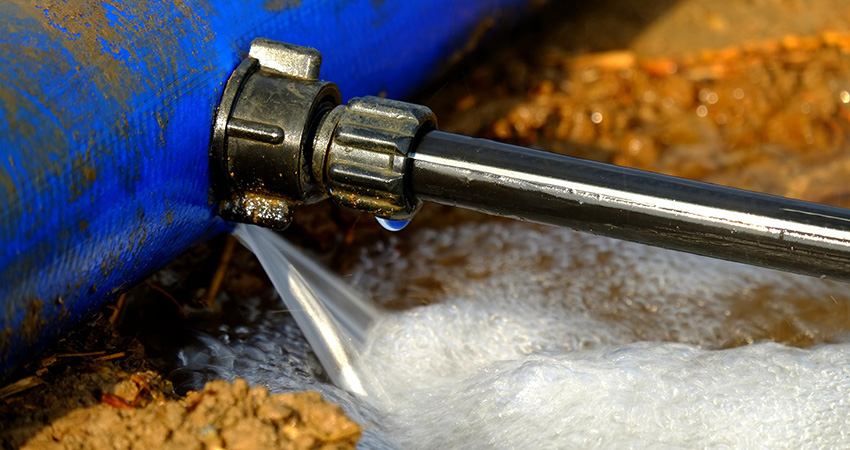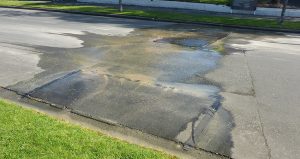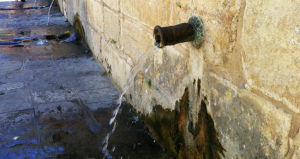EU urges to monitor and reduce water leakages

-
 Fergal MacErlean
Fergal MacErlean
Share article:
Across the European Union as a whole water leakage is being tackled under the revised European Drinking Water Directive, which came into force in January 2021. It states that with the improvement of monitoring techniques, leakage rates have become increasingly apparent. Water leakage levels should be assessed by all Member States and reduced if they are above a certain threshold.
The Drinking Water directive notes that there is a general lack of awareness of water leakages, which are driven by underinvestment in maintenance and renewal of water infrastructure. Member States are now required to assess water leakage levels from suppliers that produce more than 10,000 m³ of drinking water per day or supply more than 50,000 people, and inform the European Commission by early 2026.
Upcoming thresholds on leakage rates
By early 2028, the Commission will have adopted a threshold on leakage rates. Member States exceeding the threshold will have two years from that date to present an action plan. This is intended to improve investment in the maintenance and renewal of drinking water infrastructure in many regions of Europe.
Highest water leakage rates in Bulgaria
Leakage rates across Europe varies enormously by country but, on average, a quarter of non-revenue water is lost, according to the most up-to-date information available (based on data from 2018 and earlier) which has been compiled by EurEau. For Spain, water leakage is around 22 per cent. Bulgaria had the highest water leakage rate, at more than 60 per cent, followed by Ireland, at 53 per cent, and Romania at 41 per cent; the Netherlands had the lowest rate, at around five per cent of lost non-revenue water.
Water loss in Spain
Last summer water leakages were highlighted when water scarcity hit Europe´s rivers and reservoirs. The issue of leakage has come to the forefront in under pressure areas. One such area is the Spanish province of Málaga. The amount of water lost every year from towns and villages in the province, whether through leaks or fraudulent use, amounts to seven billion litres. The figures were revealed by the provincial authority in October after inspections were carried out to see where water pipes were in need of repair.
Councils must take action
The president of the provincial authority, Francisco Salado, has urged councils to take action to remedy the situation. “The province cannot allow such inefficiencies in its municipalities. That water could supply 90,000 households, or to put it another way the 64 smallest villages in the province. There is no point in us building new wells and deposits and transferring water from one place to another if we are losing so much at the same time,” Salado said.
Fraud
Inspections found more than 50 per cent of stored supplies had disappeared. “That means that pipes are losing water, and not necessarily through leaks because people could also be taking water fraudulently,” he explained. However, leaks had been detected in most of the municipalities, Salado added. A drought plan for the province was recently implemented by the regional government of Andalucía to reduce water supply by five per cent.













